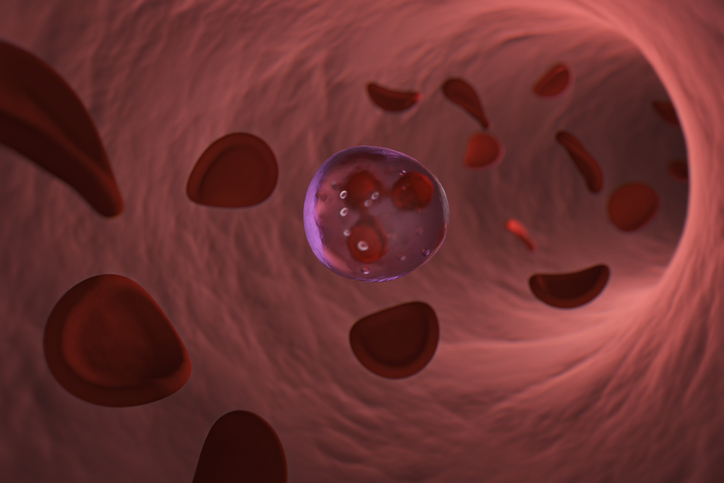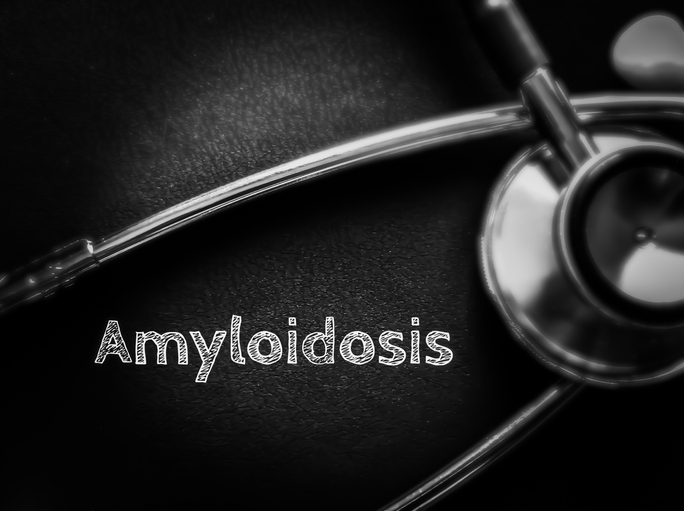
Results from the EUCLID trial, newly published in the Journal of the American College of Cardiology, suggested that patients with diabetes who have peripheral artery disease (PAD) are at a significantly higher risk for cardiovascular disease or ischemic limb events.
The researchers for EUCLID (Examining Use of Ticagrelor in Peripheral Artery Disease) enrolled 13,885 patients with diabetes and with symptomatic PAD. The primary study endpoint was an adjudicated composite of major adverse cardiovascular events (MACE) over 30 months. MACE included cardiovascular death, myocardial infarction and ischemic stroke. The researchers analyzed the diabetes subgroup by comparing it to the subgroup without diabetes, and looked for diabetes-specific factors like glycosylated hemoglobin (HbA1c) levels that “might affect the risk for major cardiovascular and limb outcomes.”
For every 1% rise in A1c, 14.2% rise in MACE for #cvPAD +DM2 patients: https://t.co/90ai8yJKpd #JACC @CUAnschutz pic.twitter.com/tAYXA8cpoC
— JACC Journals (@JACCJournals) December 17, 2018
Diabetes and PAD: no sweet prognosis: congrats to EUCLID investigators. https://t.co/fwVa1FngEv
— Victor Aboyans (@AboyansV) December 18, 2018
A total of 5,345 (38.5%) patients had diabetes (96.1% with type 2 diabetes). According to the study results, the primary study endpoint occurred in 15.9% of patients with diabetes and PAD compared to 10.4% of patients without diabetes (absolute risk difference 5.5%; adjusted HR=1.56; 95% CI, 1.41 to 1.72; p<0.001). The authors also reported that for every 1% increase in HbA1c was linked with a significant increased risk for MACE (14.2% increase; 95% CI, 1.09 to 1.20; p<0.0001).
Good to see the data but nothing new here – another reason to control A1C with glycemic drugs that also provide CV outcome benefit https://t.co/VBdk2fzvGr
— Thomas Dayspring (@Drlipid) December 17, 2018
https://twitter.com/glucotoxicidad/statuses/1074799569555333120
“Patients with PAD and diabetes are at high risk for cardiovascular and limb ischemic events, even on contemporary therapies,” the authors wrote in their conclusion.
Source: JACC







 © 2025 Mashup Media, LLC, a Formedics Property. All Rights Reserved.
© 2025 Mashup Media, LLC, a Formedics Property. All Rights Reserved.